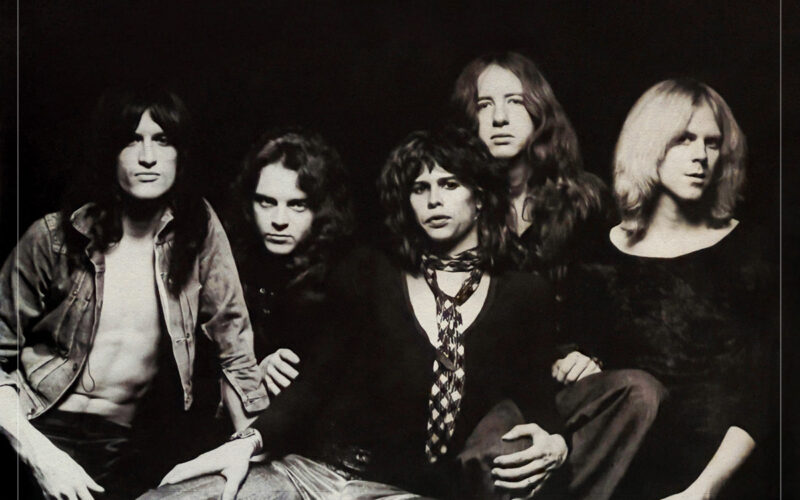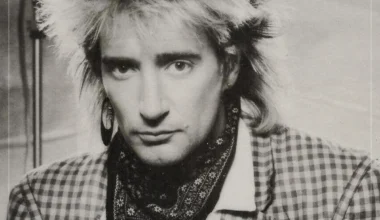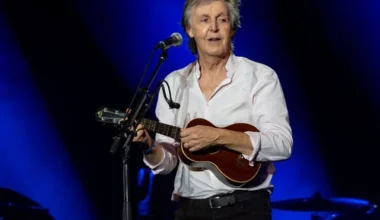Covers are a staple of any rock band. More so than any other genre, rock ‘n’ roll is one space in the music industry that is littered with classic homages to previously released tracks. Though this has lessened over time, there is a deep joy in hearing your favourite band take on another classic number or forgotten blues standard. In the early 1970s, this was something Aerosmith knew all too well.
The Steven Tyler-led band were not yet hitting their peak, but had given their audience a taste of what was to come with ‘Dream On’. But with the need to fill up live shows with memorable performances, the band, like so many others, went hunting for hits in the annals of music history. They found themselves a gem with ‘Train Kept A-Rollin’.
Starting out as a big band tune from Tiny Bradshaw’s Big Band in 1951, the track was made famous in rock circles by The Yardbirds, when Jimmy Page and his group delivered a rousing rendition of the number. It wouldn’t be the first time Page would dip his hand into the volumes of sonic past to come up with a tune. Clearly enamoured with the tune, Tyler and Aerosmith thought they would have a good go at ‘Train Kept A-Rollin’ too.
It became a perfect closer for many of the band’s early shows. Soon announcing itself as a crowd favourite, the decision to record the track was quickly put on the table as they approached their 1974 LP Get Your Wings. However, the band didn’t want to simply go into the studio; they wanted to capture the magic live and hoped for a live version of the song to be added to the feature-length release. But the producers had other ideas.
Jack Douglas was sure he could simulate the live experience in the studio in an attempt to improve sound quality. He recorded the tracks, took the tapes to his nearest stairwell, and played them at full volume. It was here that he set up microphones and recorded the music playing, adding crowd noise from George Harrison’s Concert for Bangladesh, hoping to have fully faked a live experience.
Now, this might be more accurately categorised not as a fake live show but as a genuine studio innovation. However, things are tipped over the edge just a little when you know that the duelling solos in the track, without a doubt its centrepiece, were not performed by either Joe Perry or Brad Whitford, but session guitarists Dick Wagner and Steve Hunter.
Speaking with Songfacts in 2013, Wagner explained that he was unaware why the band’s two guitarists didn’t show up that day. “I don’t understand why those guys weren’t there,” he explained. “I still don’t really know. I’ve never talked that much to any of them about it. I just did my job, I was a session guitar player.”
“Steve Hunter played the solos at the front and did it fantastic,” Wagner continued. “Then I played that whole section on the end, which is supposed to sound like a live recording, but which really was in the studio. I tried to make it as live and as wild as I could, and it seemed to work out pretty well.”
It certainly did. The track feels entirely live, and it bristles with intensity as the solos kick into gear. However, for a band as visceral as Aerosmith were at this time, one can’t help but wonder what it might have sounded like had the group got their way.






